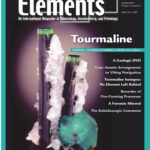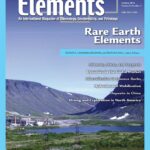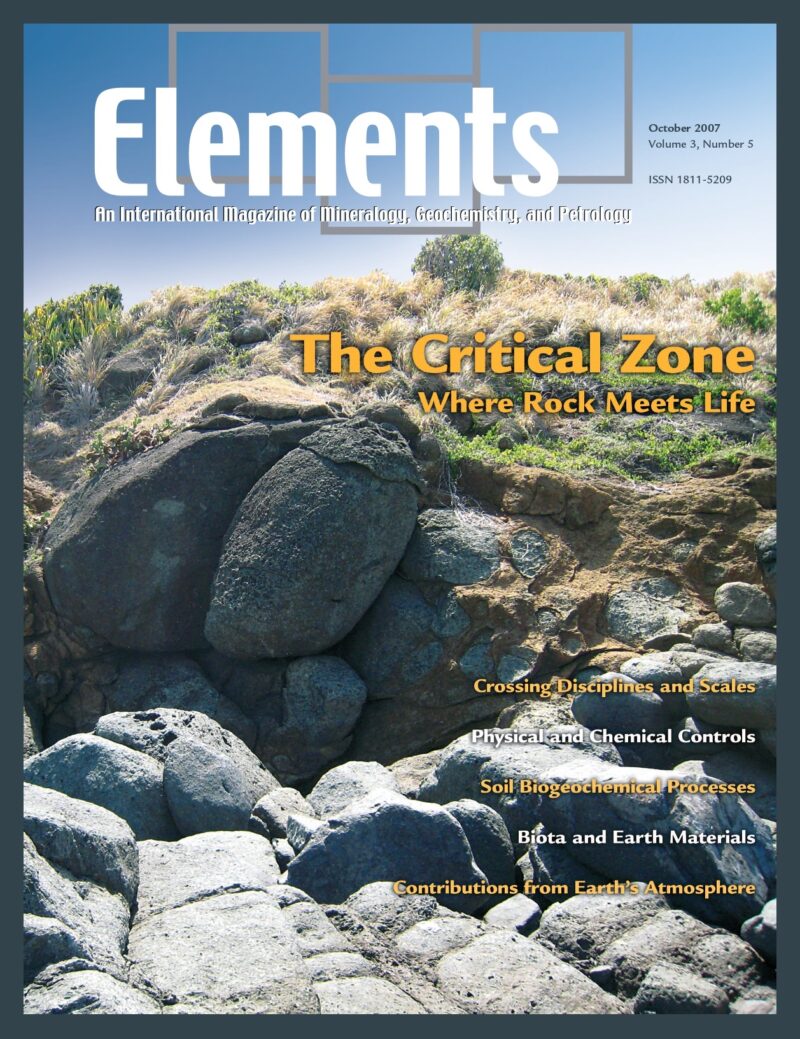
Tourmaline, October 2011, Vol. 7, No. 5
June 28, 2024
Rare Earth Elements, October 2012, Vol. 8, No. 5
June 28, 2024Mine Wastes, December 2011, Vol. 7, No. 6
$20.00
Since the dawn of civilization, humankind has been extracting metals and minerals for the production of goods, energy, and building materials. These mining activities have created great wealth, but they have also produced colossal quantities of solid and liquid wastes, known collectively as “mine wastes.
Mine Wastes
December 2011, Vol. 7, No. 6
Since the dawn of civilization, humankind has been extracting metals and minerals for the production of goods, energy, and building materials. These mining activities have created great wealth, but they have also produced colossal quantities of solid and liquid wastes, known collectively as “mine wastes.” Mine wastes represent the greatest proportion of waste produced by industrial activity. In fact, the quantity of solid mine wastes and the quantity of Earth materials moved by fundamental global geological processes are of the same order of magnitude—approximately several thousand million tons per year. Therefore, the large-scale production, secure disposal, and sustainable remediation of mine wastes represent problems of global significance. Over the past 10–15 years, novel geochemical, mineralogical, microbiological and toxicological techniques have led to a much better understanding of the character, weathering mechanisms, long-term stability, ecotoxicology, and remediation of mine wastes. This issue of Elements brings readers up to date with these current findings and highlights new frontiers for mine waste research.
Why You’ll Love Elements Magazine:
- Expert Contributors: Articles written by renowned researchers in the field of geoscience.
- Engaging Content: Join a community of readers who are passionate about Elements.
- Exceptional Quality: Each issue is printed on high-quality paper with stunning visuals and detailed illustrations that bring complex scientific concepts to life.
Order your copy of the December 2011 issue of Elements magazine today and delve into mine wastes.
Related products
-
On The Cutting Edge: Teaching Mineralogy, Petrology, And Geochemistry, April 2007, Vol. 3, No. 2
$20.00New advances in research on learning have important implications for teaching mineralogy, petrology, and geochemistry. Effective instructional practices are increasingly student centered, address diverse student learning styles, and employ a variety of active-learning strategies.
-
The Critical Zone, October 2007, Vol. 3, No. 5
$20.00The Critical Zone (CZ) encompasses all fluid, mineral, gaseous, and biotic components from the outer envelope of vegetation down to the lower limit of groundwater. It supports much of life on Earth.
-
Early Earth, August 2006, Vol. 2, No. 4
$20.00The earliest Earth was a strange inhospitable world, yet transitions occurred culminating in the evolution of life within the first billion years. The preservation of a sparse and ambiguous rock record has encouraged debate.




